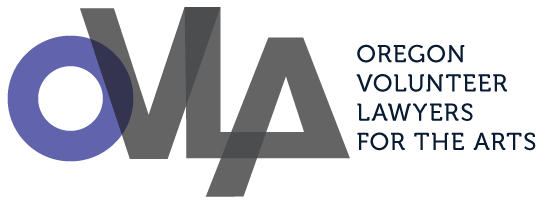The Digital Millennium Copyright Act (DMCA), in particular the section 512 safe harbor provision, fundamentally changed how content is shared on the internet. As we discussed in Part I, the safe harbor attempts to incentivize service providers places where content can freely be shared online without destroying the copyright holder’s hopes of protecting his intellectual property. The takedown notice and counter-notice procedures we discussed in Part II attempt to provide an effective but balanced way to enforce copyright protections online without subjecting the process to abuse. This week, we’ll address the question: is it actually working?
Read MoreAs we noted in Part I of this series, one of the challenges for copyright owners who find their material posted online is finding the individuals who posted it. To combat this problem, the safe harbor provision requires service providers to have a system in place by which copyright owners can request that allegedly infringing material be taken down. It is up to service providers to determine the best way to accept such notices, bearing in mind that removal of content must be sufficiently expeditious.
Read MoreAccording to an annual study by Cisco, within three years, 85 percent of American internet consumption will be watching video, nearly all of which is protected by copyright. While most online video is licensed from the copyright holders, some of the most popular websites online are not content creators or licensees, but “online service providers” like YouTube, which allow users to post their own material and share with the world.
Read More